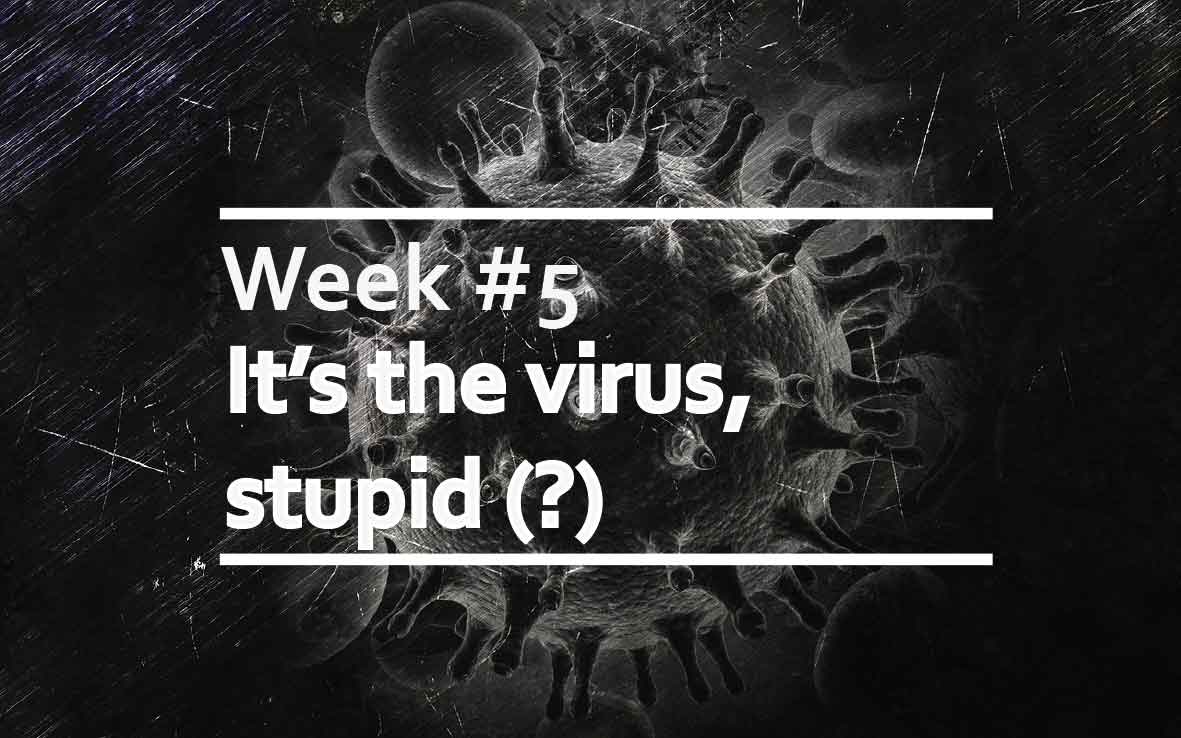It’s the virus, stupid (?)
Direct acting antivirals (DAAs) are among the most successful drugs ever developed. It is thanks to DAAs that HIV is no longer a death sentence, and we can now clear hepatitis C virus from many chronically infected patients. Unfortunately, the activity of these and other DAAs is limited to distinct viruses or similar viruses within the same group, and do not present the same broad-spectrum activity of, for instance, antibiotics. This creates several problems. One is the requirement for a specific test to identify the infecting pathogens, which increases costs and delays the start of treatment; another is the lack of antivirals for emerging infections with pandemic potential.
The concept of host-directed therapies (HDTs) is not new and has been successfully implemented in some cases – see the CCR5 antagonist Maraviroc, which prevents HIV entry and is now used in combination with other anti-HIV drugs. However, some skepticism remains. Why target the host when you can target the direct cause of the disease (or in other words, “It’s the virus, stupid!”)? HDTs seem like an unnecessary complication and are prone to side effects. However, when we compare DAA therapies targeting viral infections with therapies interfering with cellular pathways against other non-virus related diseases (like cancer), it is quite clear that the former has always been by far the most successful.
So, why HDTs? In this exhaustive review in Nature Reviews Drug Discovery, Kaufmann and colleagues present a clear overview of the current HDT effort against viral and bacterial infection and make a strong case in support of focussing some R&D efforts on host targets, in addition to the more conventional DAAs. While HDT increases the risk of cytotoxicity, targeting evolutionarily conserved pathways creates a barrier to the insurgence of viral resistance. Also, we should not forget that most therapies against non-transmittable diseases are based on modulation of cellular components.
In recent years, scientists have shed light on many fascinating mechanisms of host-pathogen interaction, identifying new potential antiviral targets, some of which have remained promising after preclinical and clinical studies. These kinds of studies should be encouraged, as they are likely to provide important clues on next generation antiviral therapies. It is going to require novel thinking to meet the challenges associated with the rapid emergence and spread of viral infections, an increased risk of pandemics, and the lack of effective vaccines or therapies against most emerging diseases. The current challenge of antiviral research is to combine traditional and successful DAA with novel therapeutic approaches. This is the challenge for scientist, pharma, and regulators.




